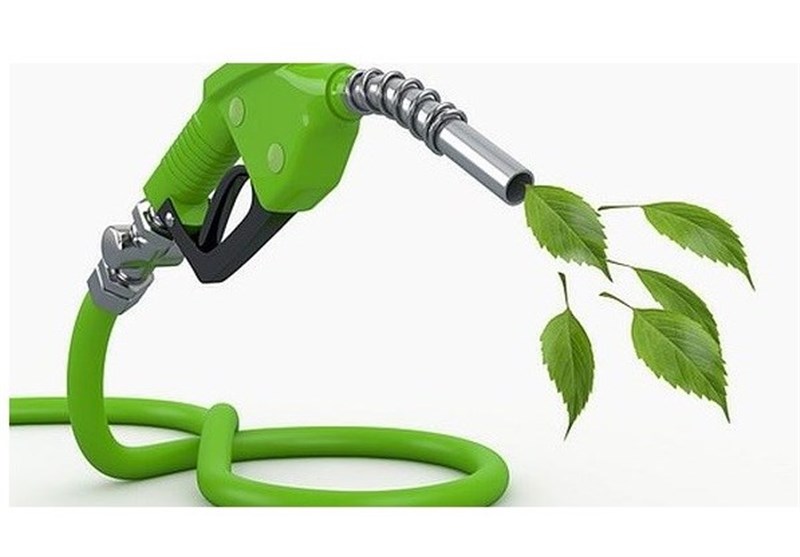Will We Soon Drive on ‘Grassoline’?
TEHRAN (Tasnim) - Researchers at Belgium’s Ghent University have developed a process that turns grass into biofuel.
"Until now, grass has mainly served as feed for animals. But apart from that, grass can also be used as biofuel. Due to its vast abundance, grass is the perfect source of energy," scientist Way Cern Khor said.
Khor investigated methods that can disintegrate and treat grass until it can be used as a fuel.
To improve its biodegradability, the grass is pretreated at first. Then bacteria are added. They convert the sugars in the grass into lactic acid and its derivatives.
This lactic acid can serve as an intermediate chemical to produce other compounds such as biodegradable plastics (PLA) or fuels.
The lactic acid then was converted into caproic acid, which was further converted into decane. And that's where the process ends: decane can be used in aviation fuel.
Although it might sound revolutionary, there is still a lot to do before this becomes reality. Right now, the amount of biofuel that can be made from grass is still limited to a few drops. The current process is very expensive, and engines should be adapted to this new kind of fuel.
"If we can keep working on optimizing this process in cooperation with the business world, we can come down on the price. And maybe in a few years we can all fly on grass," Khor concluded.






